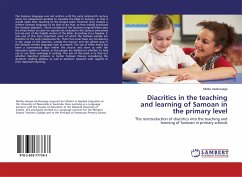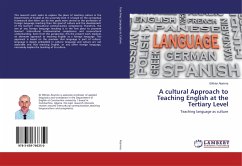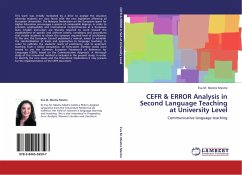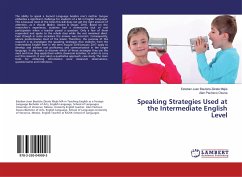The Samoan language was not written until the early nineteenth century when the missionaries decided to translate the bible to Samoan, so that it would make their teaching of the Gospel easier. However they needed a written Samoan language to be able to do that, so they initially produced the Samoan alphabet , which consisted of the fourteen original letters plus the three letters to cater for sounds not included in the Samoan phonemes but are part of the English version of the bible. According to Le Tagaloa, it was one of the most important work of which the Samoan people are thankful to the early missionaries for. There has never been any consistency in the usage of the diacritics, namely the macron and the glottal stop in the Samoan written language even at present. The use of these marks has been a controversial issue within the church and more so with the education system in Samoa, as the people are divided on whether to fully use or use them sparingly in writing. The aim ofthis book is to find out whether diacritics enhance or hinder Samoan literacy considering the students' reading abilities, as well as teachers' opinions with regards to their classroom teaching.








